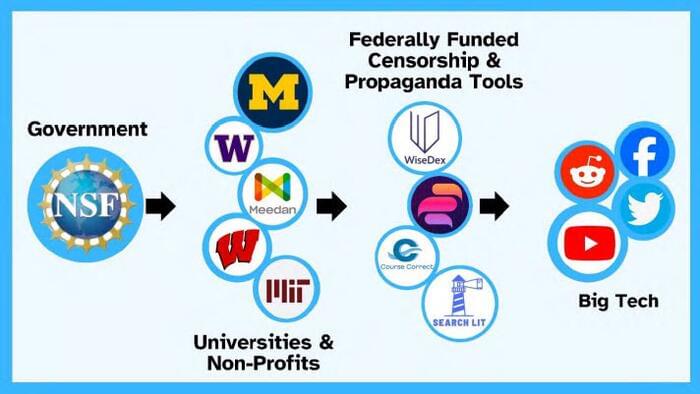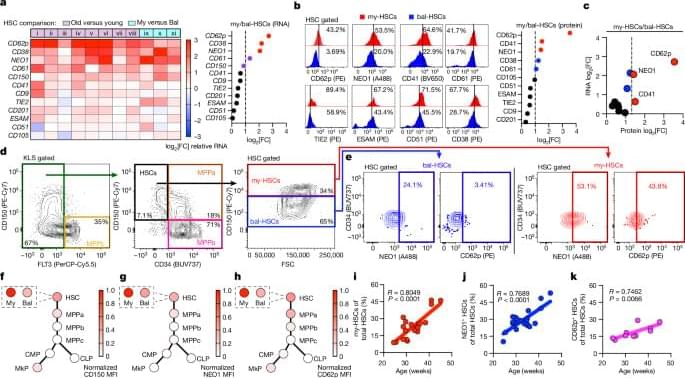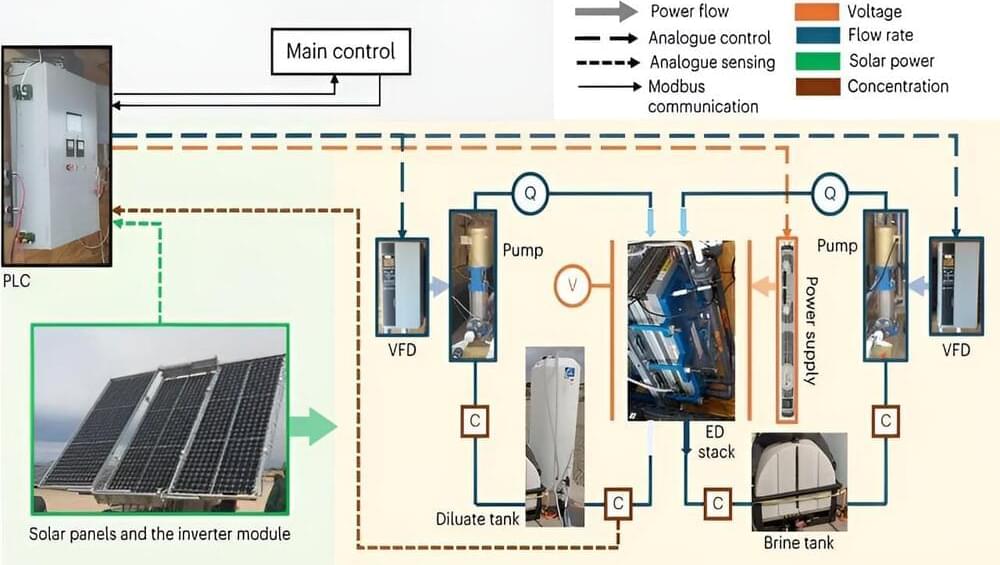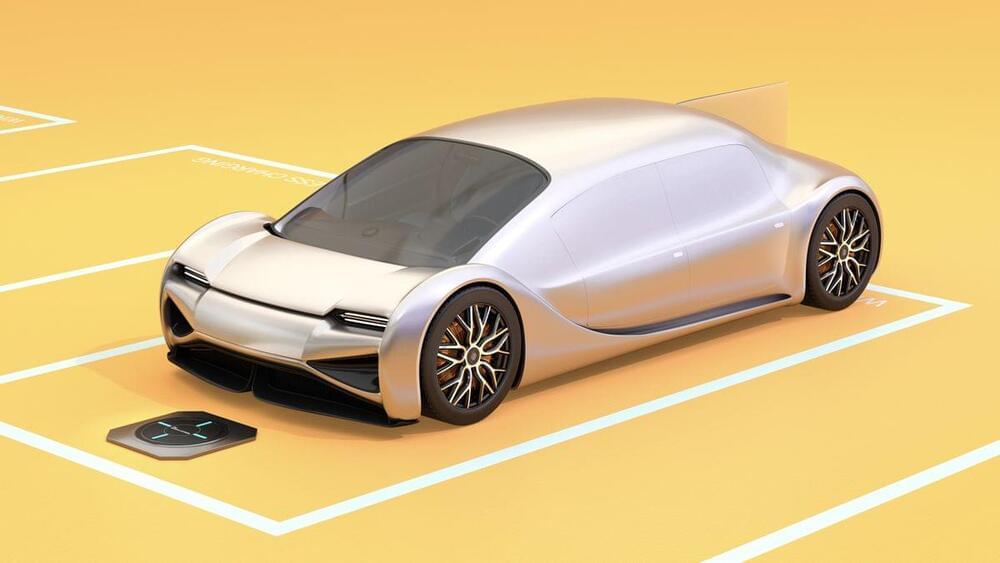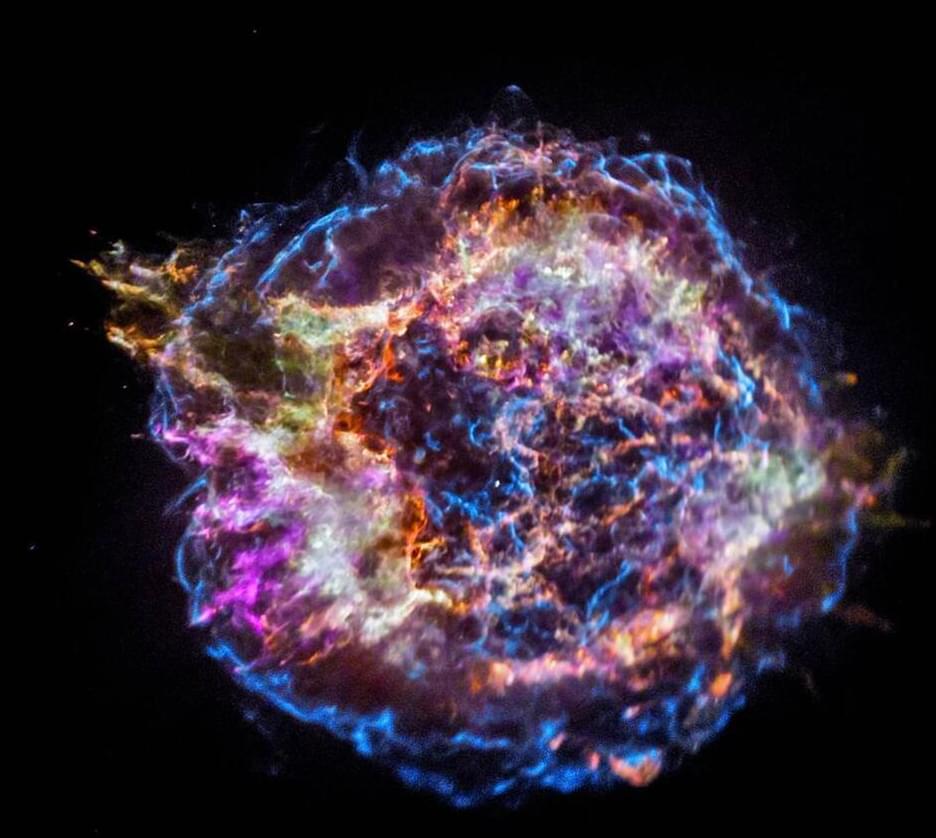Mr. Xia further noted the expanding utility of unmanned technologies across various domains, including aerial, maritime, underwater, and terrestrial operations, underscoring their revolutionary impact on future military engagements.
“A drone costing just a few thousand dollars can effectively neutralize an advanced tank worth over 5 million dollars,” Mr. Xia said, illustrating a remarkable disparity in warfare economics.
Drones’ ease of manufacture, low detection and radar interception rates, and precision targeting via satellite data further accentuate their tactical viability. Importantly, drones facilitate offensive operations without compromising soldier safety, marking a significant evolution in how military objectives are pursued.

